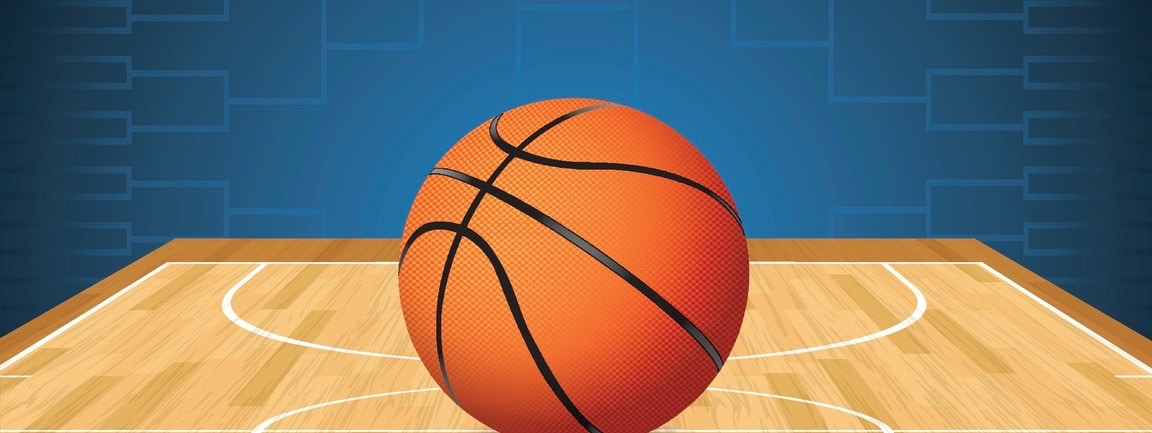Each year millions upon millions obsess over, and bear witness to, March Madness. Nearly 70 Division I teams fighting for the title of NCAA National Champion in basketball and the rest of us eat it up: joining pools, arguing across social media, in sports bars and around the water cooler.
We do this because March Madness has a way of consistently delivering narratives that draw us in—storylines emerge that make us laugh, cry and cheer—from Jimmy V’s NC State Wolfpack in 1983 to Butler’s Gordon Hayward missing a game-winning last-second shot in 2010 and the list goes on.
One of 2018’s principle narratives centered around a little-known Loyola University Chicago team and its wheelchair-bound “Sister Jean” Dolores Schmidt, who hadn’t seen her Ramblers get to the Final Four since 1963. And while Loyola disappointingly exited this year’s Final Four at the hands of Michigan, there is a far greater business opportunity for the university at play: Leveraging what’s known as the “Flutie Effect.”
Named for former Boston College quarterback Doug Flutie who won the Heisman Trophy after completing one of the most improbable passes ever vs. the University of Miami in 1984, the “Flutie Effect” takes into account the significant value, visibility and impact that high profile athletic success can have on an academic institution’s overall reputation.
Within the two years following Flutie’s historic game, applications to Boston College rose some 30 percent according to a Harvard Business School study, and the “Flutie Effect” has continued to demonstrate an increase in applications as well as economic support following major sports successes like a national championship run or Final Four appearance.
According to USA Today, more recently schools like Florida Gulf Coast and George Mason experienced the phenomena. After FGCU reached the Sweet 16, applications jumped nearly 28 percent, while George Mason saw out-of-state applications rise 54 percent following it’s run in 2006.
Today the iron is hot for Loyola. Not only is the university’s web traffic 400 percent higher than this time last year, but more than 10,000 Sister Jean bobbleheads have been sold for crying out loud! The opportunity may never be more ripe for the university to capitalize on its brand.
So what’s a Jesuit university in Chicago to do? According to the Chicago Tribune, “Loyola’s leaders are working furiously to parlay the crush of attention into sustained interest,” and acknowledgement is step one.
Here’s a highly simplified approach towards driving both admissions and capital contributions on the back of this year’s hoops success:
- First, develop a message to market the Loyola brand beyond hoops. Maybe something like, “More than just a Cinderella story,” “Jesuit Education: Windy City Style,” or “College Excellence Beyond the Hardwood.”
- Create branded series of diverse content sharing the Loyola narrative from a student lifestyle perspective. Don’t ignore athletics altogether but focus largely on everyday students and their reality in a hyper-positive manner.
- Don’t just zero-in on books and strolls through the quad. Demonstrate the uniquely urban and near-waterfront collegiate experience of going to college in a diverse neighborhood (Rogers Park), in one of the great U.S. cities (Chicago), and alongside Lake Michigan.
- Continue to position Sister Jean as part of the narrative, but as more than simply a hoops fan as she’s been made out to be by national media. Demonstrate her to be what I can only assume–an advocate for all students and a devout servant of the church.
- Take that content and tailor it for a variety of platforms. In the absence of true targeting data, let’s start digitally with Facebook, Instagram and Snapchat (with paid dollars behind the content) that targets Catholic high school juniors and seniors, parents of teens, and alumni (who should not be taken for granted).
- Think geographically. Most families want to stay just close enough to feel near yet kids want to be far enough away to feel free. So focus the targets on perhaps 10 U.S. states within 500 miles of Chicago.
In the end, build upon the goodwill stemming from the NCAA tournament success but show the broader picture of Loyola and how its students thrive. Use every glimmer of that spotlight while you have it, because while it’s here today, it might very well be gone tomorrow.







